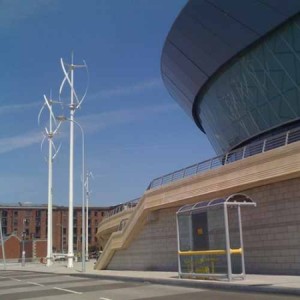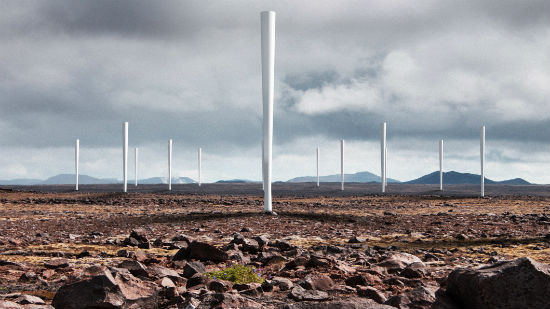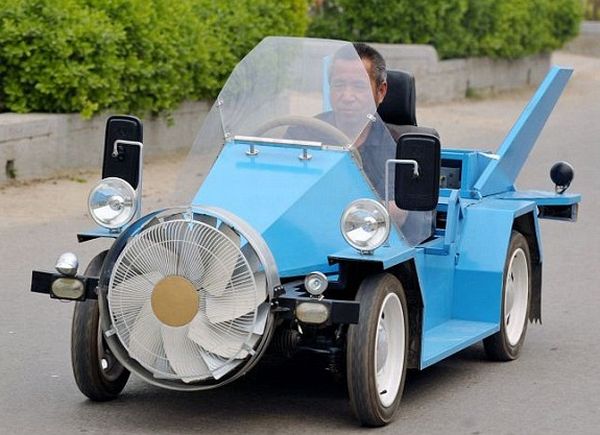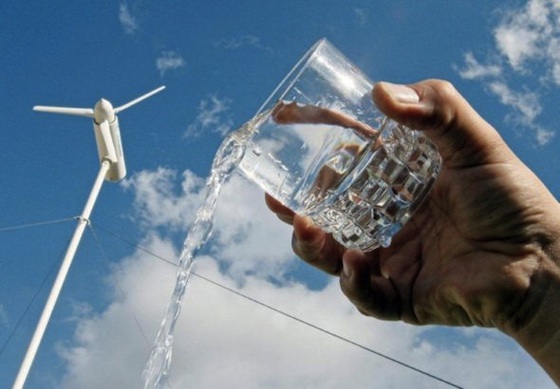
 This year’s discussion on The UK Offshore Wind conference, which took place in Liverpool, was all about how to get in place the vast range of components that will be necessary to construct the 32 GW of new offshore wind power capacity recently licensed in the UK Crown Estate’s Round 3.
This year’s discussion on The UK Offshore Wind conference, which took place in Liverpool, was all about how to get in place the vast range of components that will be necessary to construct the 32 GW of new offshore wind power capacity recently licensed in the UK Crown Estate’s Round 3.
(The UK government has leased areas of the seabed for wind farm development in three phases. Round 3 is the latest and largest). “Ramping up the supply chain with the necessary quality is going to be a challenge,” said Richard Reno, a Senior GE Executive.
This new focus was borne out in the range of companies at the meeting, with many more offshore service providers than before, everything from boats, to light fittings and offshore training. It was also reflected in the views of the participants.
“There tends to be a lot of focus on the turbines. You have to look at the entire supply chain, I am convinced that the turbines will be there,” said Anders Soe-Jensen, President of Vestas Offshore. “One thing that is very important, that is brain capacity, human resources. Not only to execute them in terms of time, but in terms of safety,” said Soe-Jensen.
Throughout the two-day event, speakers and delegates seemed excited by the prospects on offer, but also wary of the challenges ahead, which will include transmission and distribution issues. “Will the onshore grid be ready by the time the projects are built? Probably not,” said David Still of Clipper Windpower Marine.
Cost Reductions
Along with the permissions already issued in Rounds 1 and 2, Round 3 brings the total capacity of offshore wind licensed for development to around 40 GW in UK waters. As a result business is booming. In fact, the world’s largest offshore wind farm to date – the 300 MW Thanet project – was completed just before the conference. Yet despite the growth in business, costs in offshore wind have stubbornly refused to fall, and have actually risen over the last five years. Again, the solutions put forward by the big players for reducing expense went far beyond turbines.
“Onshore the turbine is the majority of the cost so it’s easy to focus on. Offshore its more like fifty-fifty so you can’t lose sight of half of your costs,” said GE’s Reno.
For Vestas, reducing costs is all about developing an offshore mindset, and planning appropriately. “In offshore, it is much more important that you have predictive maintenance and a surveillance that lets you know exactly [what is happening at the site]. When you go out to a turbine, you don’t go out to find out what is wrong,” said Soe-Jensen.
The Offshore Wind Accelerator (OWA) is exploring some of the most interesting possibilities for cost reductions. This is a programme of the Carbon Trust that brings together key industry players to focus on four areas of offshore wind turbines were they have identified potential for cost reductions – foundations, wind farm layout, maintenance and transmission.
Indeed, at the conference, the OWA presented four of the winners of the foundation design section. Altogether the Carbon Trust highlighted seven designs ranging from concrete gravity foundations to floating turbines and platforms, each of which has been awarded £100,000 to help the entrants finalize designs. The industrial partners of the OWA will then construct full-scale prototypes. New foundations will be essential to the successful development of the Round 3 projects, some of which take place in deep water more than 100 miles offshore. Rumors of problems in the foundations of existing offshore wind farms have further highlighted the need.
UK Manufacturing
Along with cutting costs, there was also a sense of urgency about the need for the UK to take advantage of the £90 billion of investment that will be coming from offshore wind in the next ten years. By dragging its feet on offshore wind the country missed out on the opportunity to develop manufacturing and technology skills, and politicians and businesses are trying to avoid the same thing happening again, both for economic reasons, and political ones. It will be much easier to garner support for large-scale renewable if there are jobs and opportunities available to the locals. So far good progress is being made, and in the run up to the conference, four major potential investments were announced, from Clipper, GE, Siemens and Mitsubishi, to base offshore turbine and blasé manufacturing facilities in the UK.
While this news has been roundly welcomed, Soe-Jensen of Vestas urged caution about potential investments. “Our competitors have announced possible plans. In my dictionary that is not something you can use. When we do something we do it by press release, and then it is a decision, not a good intention” he said.
Soe-Jensen was also keen to emphasize the investments that Vestas is making in the UK, particularly after the criticism the company came under for closing down its high profile blade factory on the Isle of Wight in 2009.
“I do know we took a lot of flak for the Isle of Wight issue. We are putting up a research centre there that now employs more than 200 people. That is overlooked. We are in the UK, we are building up the UK,” said Soe-Jensen. It is true that of the announced plans for new facilities, most will be conditional on government grants or investment in ports and other infrastructure. Delegates were warned that in the future there would be less money available for direct support, and efforts would be directed to ensuring that the business case was right for investment.
“We must not as a government and a department be complacent. The most important thing we can do is reduce risk. If we get this right we have the opportunity to leverage significant new investment,” said Gordon Innes, Head of Low Carbon Innovation at the Department for Business.
Bigger, Brighter, Better
While the focus may have been on components and service suppliers, turbines were not completely out of the picture. Bigger and better seems to be the theme for offshore turbines and a number of companies have released new prototypes or plans for new and larger devices.
At the Liverpool conference, GE’s new 4-MW turbine was on display. “If you take a look at the blade, that’s a real scale. It’s a different design. It’s not a straight blade like most other blades. It’s what we call a bent-twist, or aero-elastic blade. It has a carbon fiber spar cap to reduce the weight, which is very important offshore. That weight reduces loads. As the wind blows it reduces loads on the machine’ said Mr. Richard Reno. With only one prototype so far constructed, the company is preparing for mass production, with an emphasis on reliability.
“The 401-10 is an evolutionary concept. We’re scaling up the generator, like we’ve done with the 1.5 and 1.6 and other projects we working on. And the rotor is actually a rotor that we’ve been testing on our 2.5-machine in Holland since last summer, so again [we are] taking a proven concept and evolving it. Taking a technology that’s been proven out on our 2.5 and adding to the 4 megawatt,” said Reno.
What of even larger turbines, such as the Vestas 6-MW offshore behemoth?
According to Soe-Jensen, progress is proceeding well: “I would say stay tuned, later this year there might be some announcements. 6 MW is the working title and I can tell you it’s going to be big and beautiful.”



